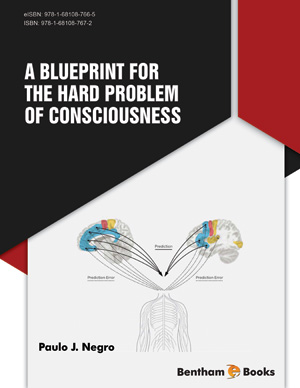Abstract
Huntington's disease (HD),
a hereditary autosomal dominant neurodegenerative disorder is characterised by
weak cognitive and motor functions. The symptoms most commonly prevail among
30-50 years age group people. The coordination and movement abilities gradually
worsen, and mental abilities mostly decline that progress towards dementia. The
basis behind the HD disease is neuronal death due to mutations in huntingtin
(HTT) protein, a protein required for the development and survival of neurons.
There is an increase in the number of CAG repeats that generally code for
glutamine within the HTT gene, resulting in an expansion of polyglutamine chain
in HTT protein. This mutated HTT protein is toxic causing neuronal death and
motor dysfunction. There is no known therapy for this disease other than
suggestive relief treatment approaches. The review will be discussing here the
molecular mechanism, pathophysiology and the potential biomarkers associated
with HD.
Keywords: CAG, HD, HTT, Huntingtin disease, Motor disorders.














